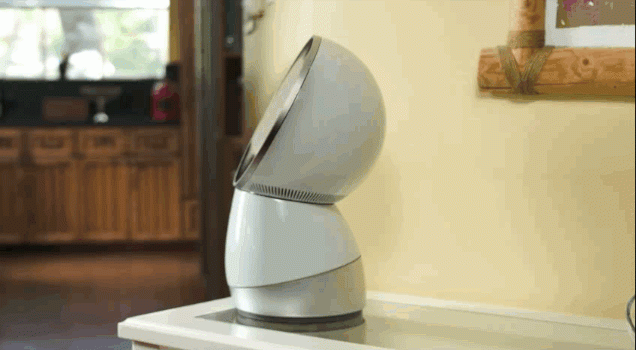
3 trends to understand experience new era
Technology and UX design live together in Experience Fighters 2018
Experience Fighters sounds like a battle. Might it be the day-to-day struggle to explain what does user experience mean? Or the dispute between technology and UX design? In any case, in Experience Fighters anybody came to blows. Just random jogs to get a raspberry muffin... and a great love story between technology and UX Design.
International speakers from monsters such as Google or Amazon, music experts or transport logistics (yes, there’s also room for them) shared the challenges they face every day.
In Experience Fighters, 10 people from different fields in Opentrends Experience Design, discovered new trends in UX design. Thus, we analyze the event from different perspectives: UX, technological, creative, visual, content, anthropological...
The easy headline of the event would be: "From user experience to experience". Alok Nandi, one of the most charismatic speakers, translated it into a business language: "it is our job as designers to make sure that the expectations of the clients coincide with the experiences".
As partners of the event we felt in debt to you. Therefore, we explain you those 3 trends of the Experience Fighters that have fascinated us the most:
Representing R/GA, Jen Heazlewood entered the ring to talk about Artificial Intelligence. From his speech, we extract the need to make machines more human to empathize with people. According to our team, that means making robots more stupid.
It has happened in the last 50 years with the old box and yet again history repeats itself: the more dumb the machine, the more identified humans feel. Might be because it makes us feel smarter than we really are. We prove it with Jibo, a voice assistant who made us laugh when we asked him to make us a 'selfie' and the poor machine did not understand it.

Whatever is the coefficient of a machine, we agree with the speakers: as designers of experiences we should not only create talks. The conversational language means to give a personality and a physical format to the machine (however stupid it may be) because the interaction is multiplied and we empathize way more with the assistant.
Not everything is that funny in the stupid machines world. Holly Thorsen with her adorable pink glasses, made us think on the impact of what we design in the world. When we design in AI, "we have to think about how all user data will be used correctly".
The second R/GA speaker, Kaustav Bhattacharya, gave us the keys to designing UX in Blockchain: research, simplicity and onboarding. This technology, that we all say we know, but in fact anyone knows how to explain, though, requires understandable and transparent processes for the user. That's why we insist: let's make technology more human!
By the way, if you are interested in blockchain, in this other article about the talk, we explain in more detail the insights and case studies that were shown.
Among references to Cyberpunk and other warriors, Salvador Valle explained the trendiest acronym in technology: VR, AR and XR. Virtual Reality (VR) opens a new paradigm where the screen expands to an almost infinite space of interaction. This new form of interaction forces the UX to adopt a completely new language. Salvador gave us a great advice: "prepare for the WEBXR, which is equivalent to the mixed reality applied on the web", a trend that is beginning to emerge.
Simon Gill also stood in the ring to talk about augmented reality (AR), although he did it from the users’ point of view. It turns out that the cognitive activity is much greater when the user performs an activity that involves Augmented Reality than in any other circumstance. In addition, he showed that it can be measured through movement, eye tracking, nervousness and emotional valence. The Mixed Reality, on the other hand, provokes more transcendent and memorable emotional reactions. A new era for storytelling, which must go beyond the linear story.
This new way of telling stories with mixed reality already has powerful examples in advertising and branding. If not, take a look at Julio Obelleiro's campaigns. Introducing virtual elements to be blended with the real ones supposes a new world of possibilities applicable to any context, much more versatile than the VR or AR by itself.
In addition to these 3 trends, we learned about the work processes with Agile, Product Design and Research. Heather Harrigan, presented more than complete case study on Jet Blue, where Agile is not just an outer, but a reality to create better products and services for the user.
An Experience Fighters full of quotes by speakers that we've tattooed and grouped for you in this Twitter thread:
Los ponentes del #EXF18 nos han dejado muchas quotes interesantes sobre #UX para la reflexión. Nuestro equipo las ha recogido y os las compartimos con vosotros.
— Opentrends (@opentrends) 8 de juny de 2018
[Ahí va el hilo en castellano e inglés] ⬇️
And before saying good bye, we send you a message. Or a reflection that Roberto Verganti made in his inspirational talk: "we live in a world full of ideas where we do not need to generate new ones. We must analyze, interpret and criticize those we already have. In the end, we do not fall in love with a product because it's better, but because it’s meaningful". Would you o give meaning to experiences or to look for new ones?









